Science Illustrated delivers natural science, break through discoveries and an understanding of the world for the entire family. Packed with stunning photography and in-depth editorial it’s a visually spectacular gateway to the world looking into the beginning of life to distant objects in the universe.
SUBSCRIBE to SCIENCE ILLUSTRATED for your chance to WIN!
Science Illustrated
MEGAPIXEL // VOLCANIC ERUPTION
MEGAPIXEL // FIND THE FROG
Did this primitive hominin species bury their dead? • Researchers believe that a primitive hominin species may have carried out sophisticated burials 100,000 years before Homo sapiens did the same thing. It could be a crucial discovery, but other researchers are calling for careful assessment of the evidence.
Human body with monkey brain • Homo naledi is a strange mixture of primitive and modern features. A small monkey-like brain on top of a long, human-like body makes Homo naledi a possible transitional figure between the hominin Australopithecus and man (Homo).
Light confuses insects’ reflexes • Scientists may have finally discovered why insects circle around artificial light sources.
The brain stores faces • People who do not suffer face blindness can recognise their neighbour’s face among thousands of others. Natural selection has made the human face easily recognisable – and the brain an expert on storing it.
‘Face blindness’ isn’t a yes/no thing • According to a new study, face blindness could be more common that we used to think. Scientists say we need new diagnoses to catch those who have a mild version.
Fossil changes the history of giant lizard • An ancient fossil indicates that the fish lizard might already have existed in Earth’s oceans before the biggest mass destruction in the history of our planet.
Did rising oceans force Vikings to leave Greenland? • A Harvard study reveals that settlers were up against forces they could not possibly overcome.
Sail to remove space junk • The European Space Agency has removed a satellite by means of a drag sail. In the longer term the sail might remedy ongoing problems with space junk.
How do summer thunderstorms form? • In the summer, when the weather is the warmest, we often experience the most severe thunderstorms. Yet meteorologists often link the phenomenon with a pool of cold. How does this work?
TOP 5 · Which mountain is the Solar System’s highest? • At 8848 metres, Mount Everest is Earth’s highest mountain. But do higher mountains exist on planets or moons in other places of the Solar System?
How does a fractured bone heal? • Bones are the most robust structures in the body, four times tonger than concrete. But accidental falls can cause fractures. How does a bone then heal?
Can psychopaths live normal lives?
Does the brain live on following decapitation? • Do you experience your own death if you are decapitated? Or does the brain shut down the moment head and body are separated?
What is Australia’s most elusive bird? • ‘In national bird counts, the rainbow lorikeet usually wins, followed by other well-known species. But what are the rarest birds sighted?’
How were Australia’s most elusive birds established?
What does the Sun’s corona consist of?
Could a pterosaur carry a man? • “If pterosaurs existed today, would we be able to tame them and fly on their backs, like in Avatar?”
ANNOUNCEMENT: YOU HAVE 1 MINUTE TO SAVE YOUR LIFE. • Our best technology allows us to warn of an earthquake 1+ minute before it strikes. It’s not early enough – quakes often kill tens of thousands. Scientists now hope to predict earthquakes earlier, and build earthquake-resistant homes.
Data can outpace earthquake waves • The speed of light is an important ally in the...
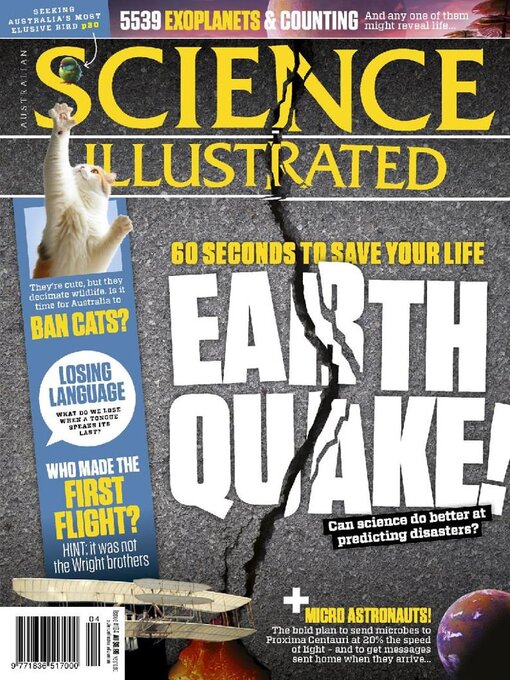
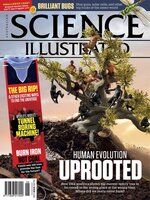 Issue 106
Issue 106
 Issue 105
Issue 105
 Issue 104
Issue 104
 Issue 103
Issue 103
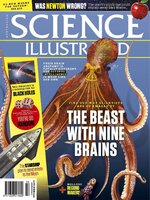 Issue 102
Issue 102
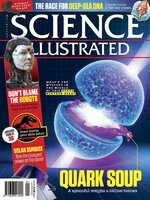 Issue 101
Issue 101
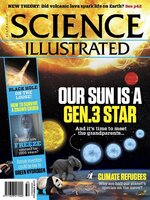 Issue 100
Issue 100
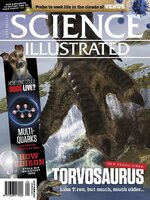 Issue 99
Issue 99
 Issue 98
Issue 98
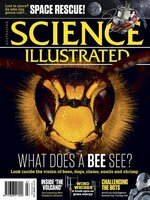 Issue 97
Issue 97
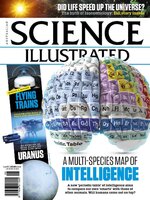 Issue 96
Issue 96
 Issue 95
Issue 95
 Issue 94
Issue 94
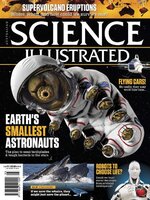 Issue 93
Issue 93
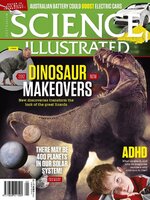 Issue 92
Issue 92
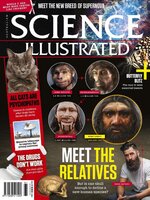 Issue 91
Issue 91
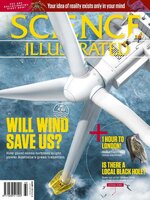 Issue 90
Issue 90
 Issue 89
Issue 89
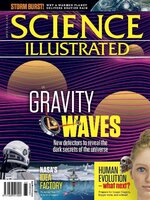 Issue 88
Issue 88
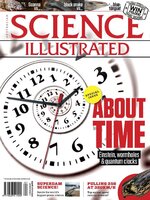 Issue 87
Issue 87
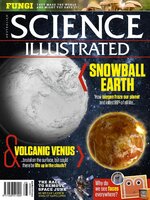 Issue 86
Issue 86
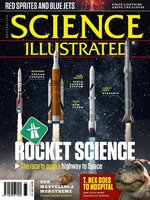 Issue 85
Issue 85
 Issue 84
Issue 84
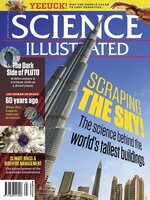 Issue 83
Issue 83
